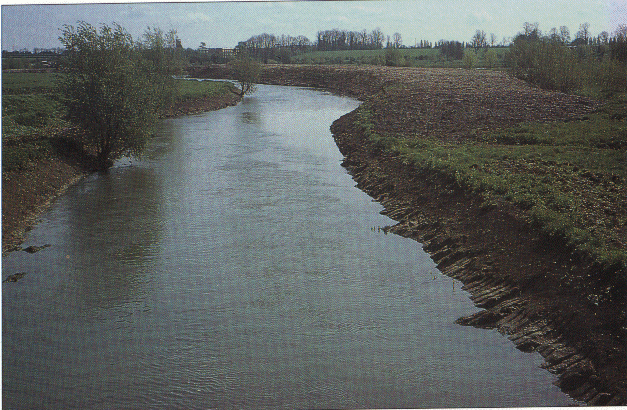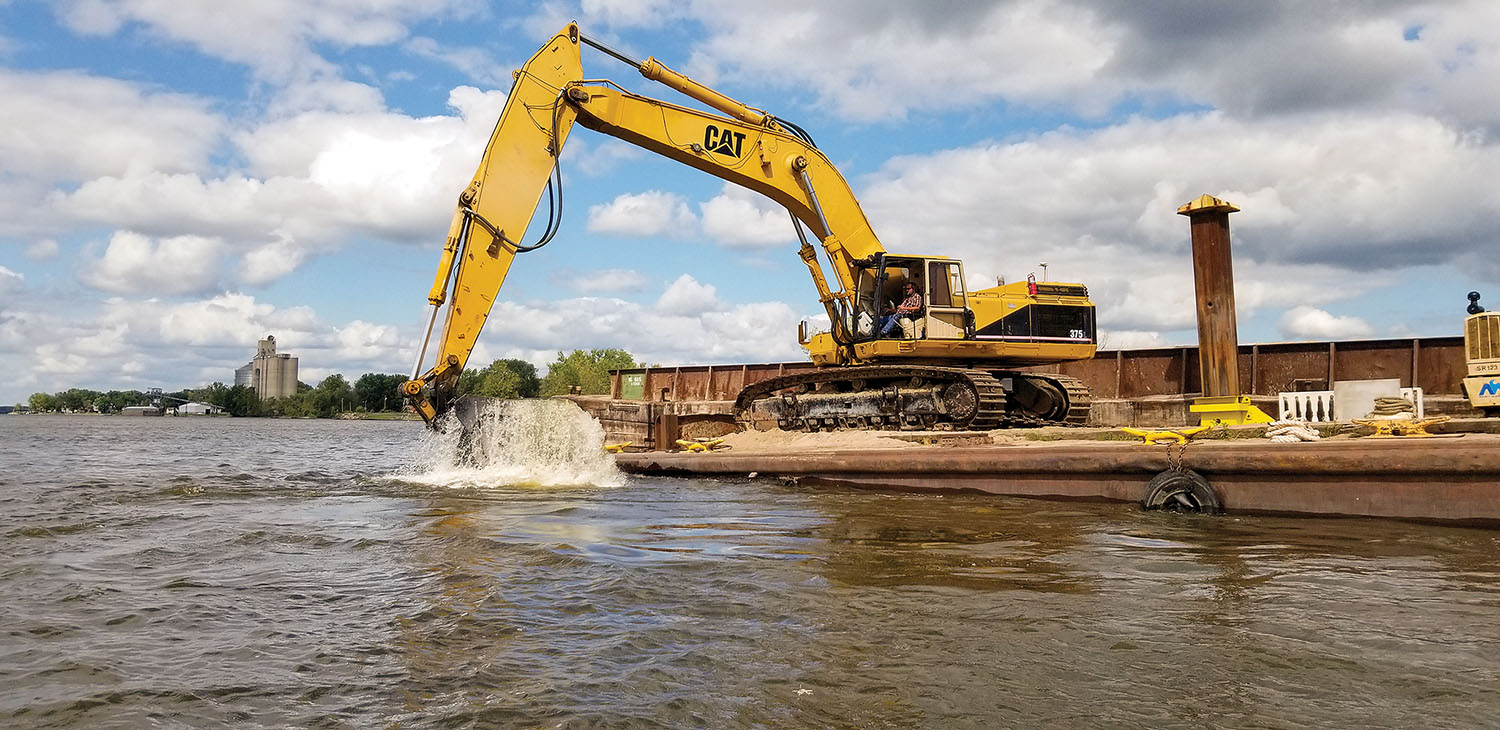

You are responsible for protecting riverbanks from erosion.
remove animal carcasses from the channel and banks, even if they did not come from your landįind out about the legal rules on using herbicides. Do not use riverbanks to dispose of garden waste, waste water, chemicals, or anything else that could cause pollution. You must control invasive alien species such as Japanese knotweed. Do not disturb protect species or their habitats. Any work must fit with the natural river and must not damage wildlife. Do not not cause obstructions that would stop fish passing through. If it needs clearing or repairing, contact your risk management authority for advice. Keep any structures, such as culverts, trash screens, weirs and mill gates, clear of debris.ĭo not go inside a culvert as you could become trapped or poisoned by gases. You should leave all other trees, branches and shrubs - they can help prevent flooding and reduce erosion. For example, fallen trees or low hanging branches. You must keep the banks clear of anything that could cause an obstruction or increase flood risk, either on your land or downstream. Leave space around the watercourse for access, in case maintenance or inspection is needed. You must let water flow through your land without any obstruction, pollution or diversion. 
blockages that could cause flooding on a main river.Report and incident online or by phone to tell us about: Main rivers are usually larger rivers or streams. culvert (an underground structure that water can flow through)Ĭontact us about incidents on 'main rivers'.

If you rent the land, you should agree with the owner who will manage these rights and responsibilities. on the boundary of your land, up to it's centreĬheck the deeds of your property if you are not clear about ownership.You normally own a stretch of watercourse that:







 0 kommentar(er)
0 kommentar(er)
